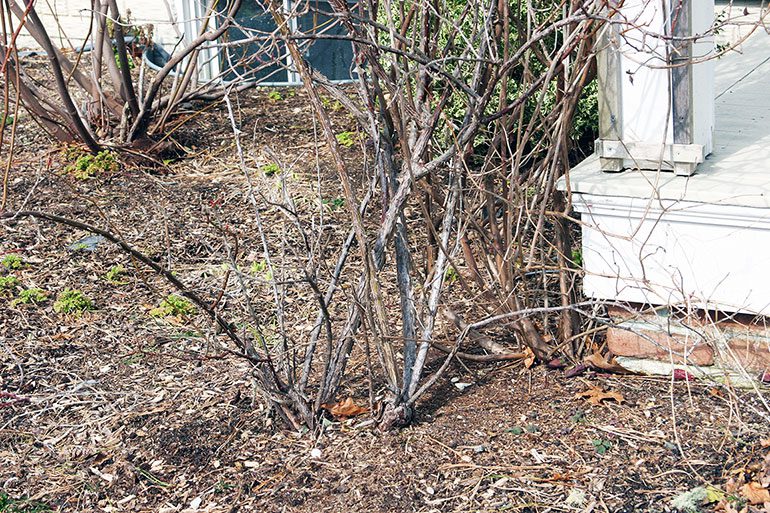Pruning Questions
Pruning Questions
Frequently Asked Questions About Pruning
In this post we are addressing two of the questions our customers frequently ask. “How do I prune my panicle (aka cone or white) Hydrangeas?” and “How should I prune my climbing roses?”
Note: Our How to Prune Blue Mophead and Lacecap Hydrangeas handout can be found here.
Hydrangea paniculata varieties produce flowers on “new wood” – that is, they form their flower buds in spring, so if you cut them back in the fall or early spring they will still flower that summer. Prune your panicle hydrangeas between October and mid-May.
- Begin by snipping off any old flowers just so you can see the stems a bit more clearly.
- Next look for any branches that are headed into the center of the plant instead of growing out and away from the main stems. When you see one, follow it back to where it joins another branch and cut it off there, leaving about a half-inch stump.
- The third step is to look for any branches that are crossed and rubbing each other and remove one of them, leaving the one that has the best direction or adds most to the shape of the plant.
- Finally, long, lanky stems can be cut in half. Don’t just cut this shrub flat on the top, but encourage its future shape by making some of your cuts higher and some lower.

How do I prune my Climbing Roses?
Roses produce all their flowers at the end of new stems. So if climbing roses aren’t cut down low, to encourage new canes lower on the plant, you’ll end up with all the flowers at the top of your post, trellis, or arbor and bare stems at the bottom.
Prune climbing roses in April when the Forsythia is blooming.



After the lower cuts are made you can clean up the top of the plant by removing dead twigs, cutting off crossed branches, and snipping off any stems that are headed in the wrong direction.
Subscribe To Our Newsletter
Sign up for our weekly email about sales and events.
